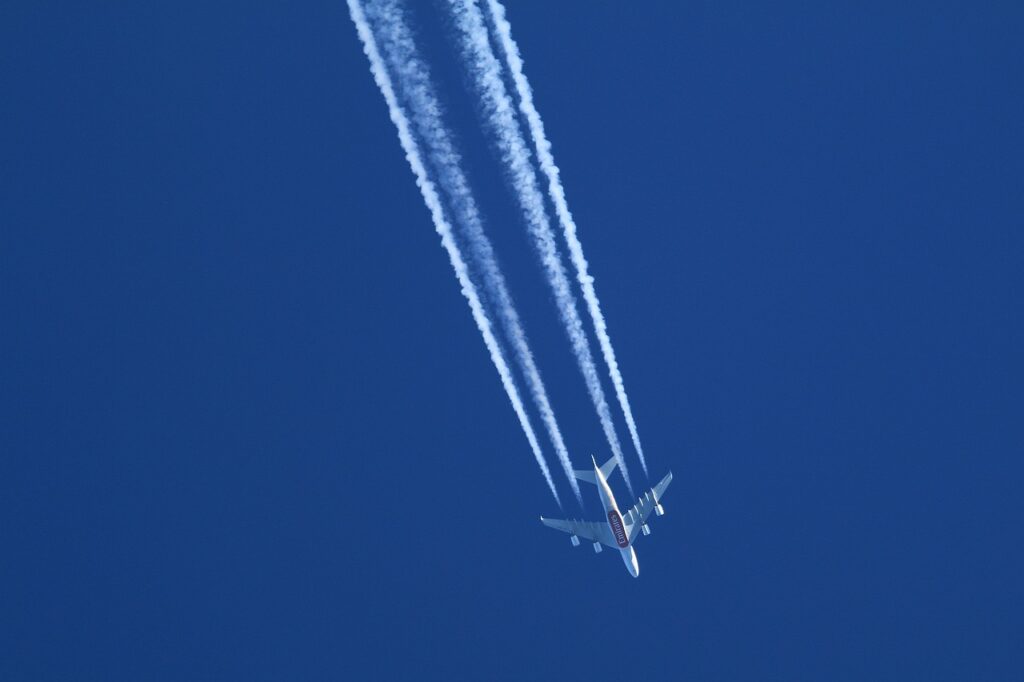
(TAN): In an effort to mitigate aviation’s environmental impact, American Airlines, in partnership with Google Research and Breakthrough Energy, has released the findings of a first-of-its-kind study on contrail avoidance. The study marks a significant stride towards reducing the aviation industry’s carbon footprint and fostering sustainability, the airline said in a news release.
Contrails, the condensation trails formed by aircraft flying through humid layers of the atmosphere, can linger as cirrus clouds for varying durations, impacting the planet’s climate system. While these clouds can reflect sunlight during the day, some contrails have been known to trap heat within the Earth’s atmosphere at night, contributing to global warming.
[ALSO READ: Air India unveils new brand logo, livery]
The collaborative study aimed to address this challenge by identifying atmospheric conditions conducive to contrail formation and subsequently equipping pilots with data to navigate around these zones. The research was led by Google Research and Breakthrough Energy, with American Airlines providing crucial support and facilitating test flights.
Jill Blickstein, vice president of sustainability at American Airlines, said: “The results from this small-scale test are encouraging, and, while clearly there are more questions to answer about how to operationalize contrail avoidance across our industry, we’re excited to have played a role in establishing this first proof point.”
Leveraging artificial intelligence (AI), the research teams harnessed extensive datasets, including satellite imagery, weather information, and flight path data, to develop contrail forecast maps. American Airlines’ pilots then undertook 70 flights over six months, using AI-driven predictions to make slight adjustments to their routes, effectively avoiding contrail-prone areas.
Juliet Rothenberg, head of product for climate AI at Google Research, said: “We now have the first proof point that commercial flights can use these predictions to avoid contrails, as verified in satellite imagery.”
Upon analyzing the data from the test flights, Google Research discovered a 54% reduction in contrail formation, as measured by distance, when pilots employed the AI predictions to circumvent contrail formation areas. This finding offers a promising glimpse into the potential of contrail avoidance as a viable climate solution.
Marc Shapiro, director of Breakthrough Energy contrails, emphasized the significance of this endeavour, saying, “Avoiding contrails might be one of the best ways to limit aviation’s climate impact, and now we have a clear demonstration that it’s possible to do so.”




